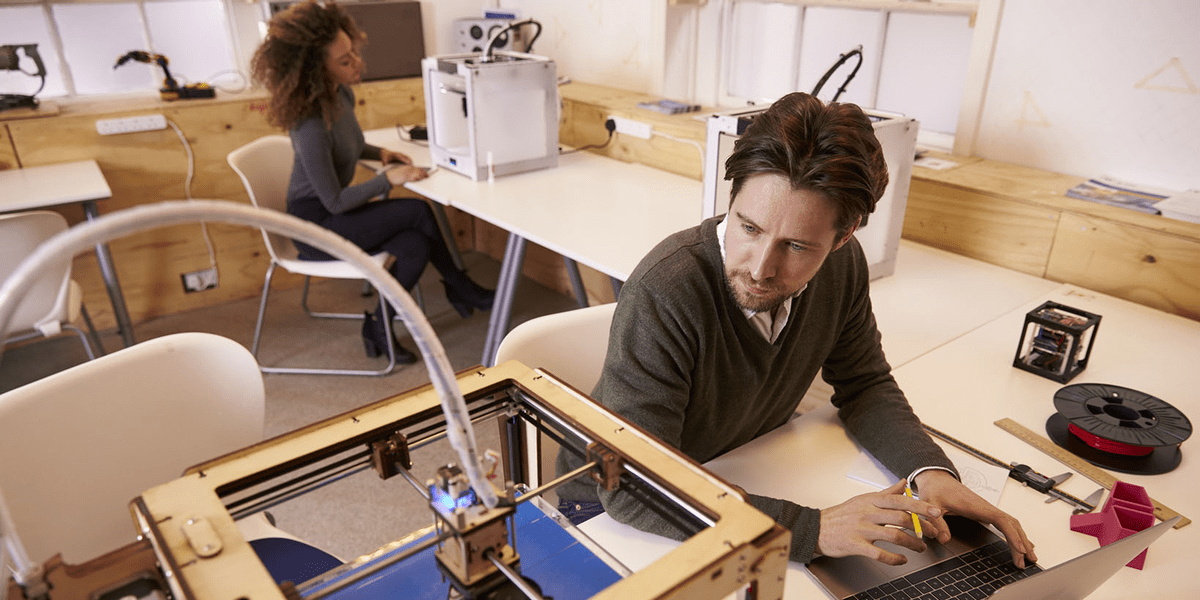3D printing, or additive manufacturing, is becoming more of a staple in the manufacturing process every day. Its presence isn’t limited to simply printing plastics and sheets of metal; manufacturers are relying on 3D printing to completely transform the process of prototyping and production.
.
However, with every great innovation comes consequences. Chemical Insights, an institute of Underwriters Laboratories, and Georgia Institute of Technology (Georgia Tech) found that many desktop 3D printers, while in operation, generate ultrafine particles (UFPs) and numerous volatile organic compounds (VOCs) that may affect human health.
.
UFPs can be inhaled and penetrate deep into the human pulmonary system, triggering lung irritation, respiratory and chest discomfort, and asthma. Long-term exposure may lead to respiratory and cardiovascular diseases. VOC exposure can result in headaches, eye and nose irritation, and flu-like symptoms. These health concerns are especially noteworthy when 3D printers are used in small or poorly-ventilated rooms — […]
Click here to view original web page at www.industryweek.com






























0 Comments